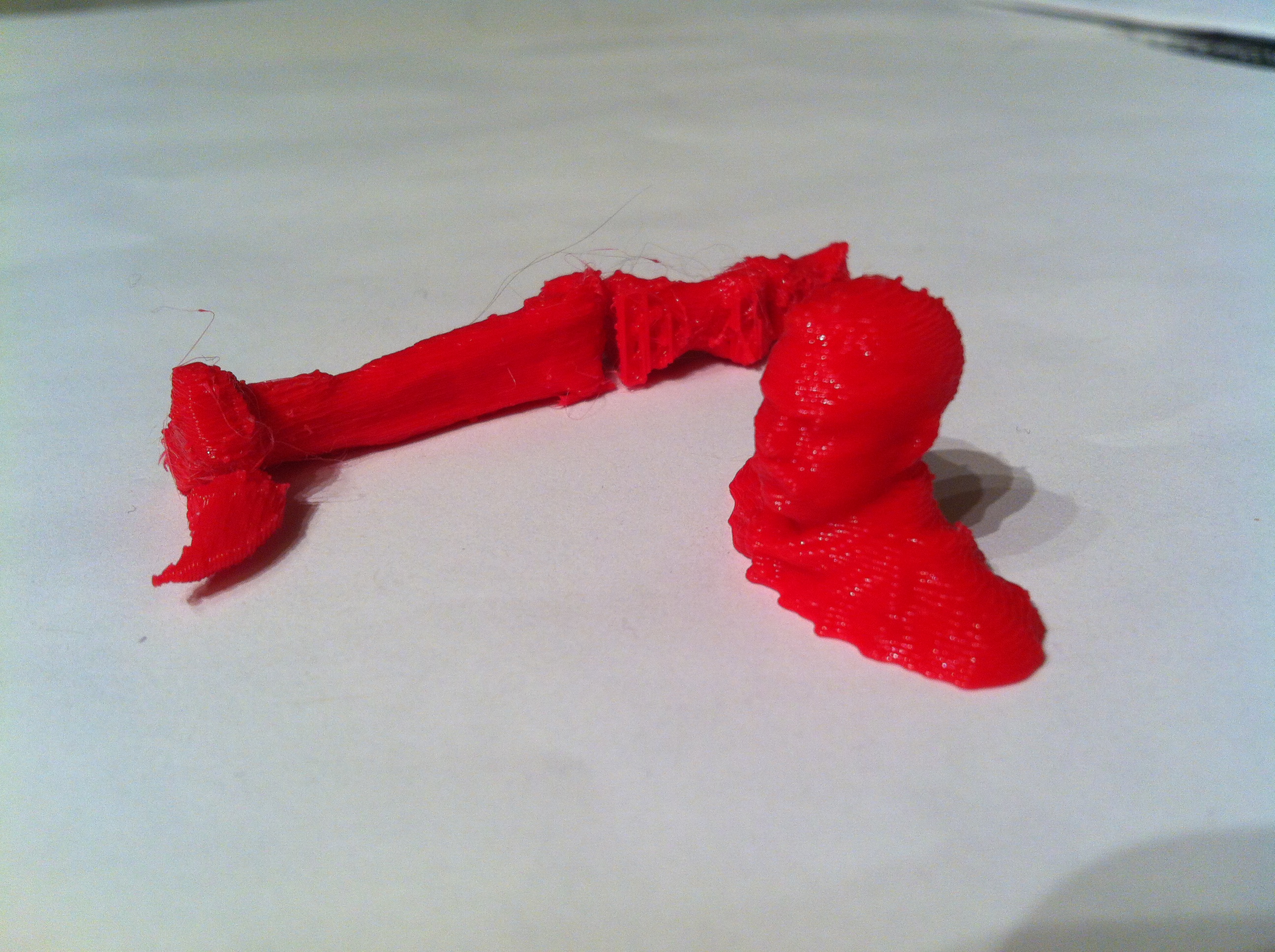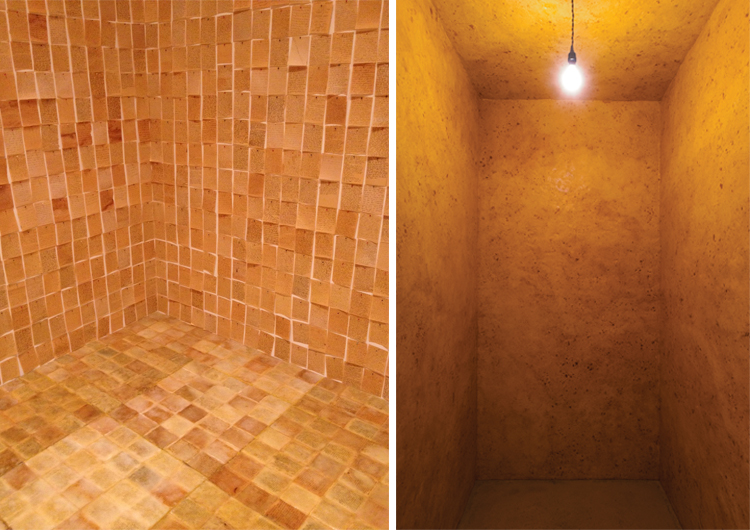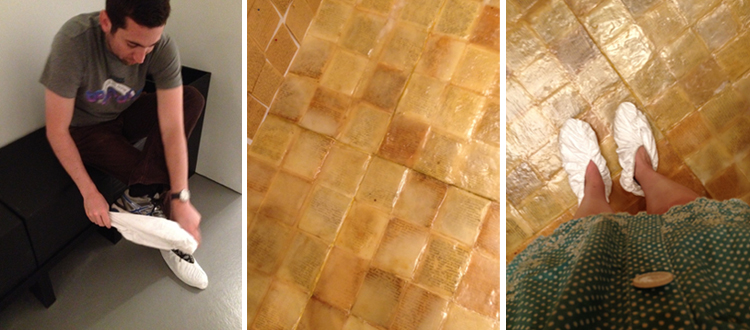Some artists, like Stuart Davis, are great at making up perspectives. I’ve never really been one of them; my brain just gets in the way.
So, when I was asked to develop a 3D illustration for the museum’s new visitor guide, I knew it would be easier to work from a 3D model first. Luckily, I had just forced myself to learn Google Sketchup in order to re-arrange my apartment.
[jwplayer config=”Single Video” mediaid=”17850″]
After working with Google Sketchup, I became really interested in the potential of 3D technologies in museums and even reported on some of the current trends at one of the museum’s Digital Sharing Sessions (informal gatherings where all staff are invited to convene and ‘geek out’).
So, when I heard about the Smithsonian X 3D conference, in which the Smithsonian was to unveil its new interactive Smithsonian X 3D Explorer application, I jumped on the opportunity to attend.
According to the 2012 Horizon report for museums, 3D stuff wasn’t expected until 2014/2015. I credit the Smithsonian and some of the other ‘digital rockstars’ I met at the conference with moving us so far forward:
•Barry Joseph who held a 3D scanning and printing camp using 123D Catch and MakerBots. He was even kind enough to throw me a bone or two (hehehe).
•Don Undeen and Liz Neely who have organized “hack-a-scan-a-print-a-thons” at the Metropolitan Museum of Art and the Art Institute of Chicago, respectively.
…So, thanks for setting the bar so high, guys.
What can 3D technologies add to the museum experience and why should we care?
As Liz Neely stated during her presentation at the X3D conference, 3D technologies “require the viewer to look at the object a little more closely.” This makes total sense when one remembers how we experience our world in the first place: through a natural, 3D interface, right?
Additionally, 3D scanning and printing—especially when it comes to art—holds so much potential for bridging the divide between the left-brained (analytic/objective) and right-brained (interpretive/subjective) worlds. It is no surprise, then, that there were so many discussions during the conference relating to development of STEM or STEAM curricula around these 3D technologies. Perhaps it even has the potential to reduce the gender gap of the tech fields? In any case, 3D tech is here and is about to be everywhere. So be sure to keep your eyes, ears, and spatial senses open to this exciting future.
Michelle Herman, Digital Media Manager



